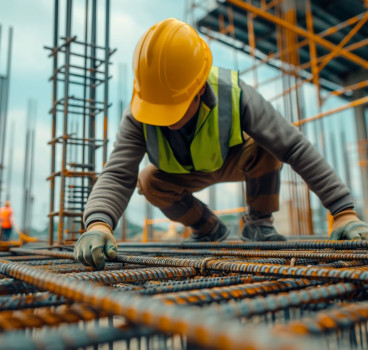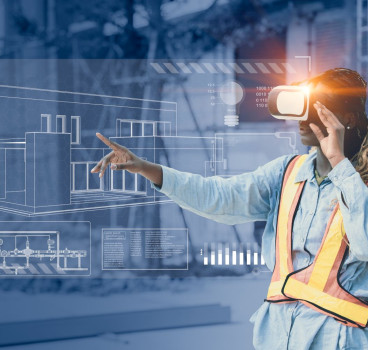A sustainable solution for the future of UK schools
More than 100 schools in England are grappling with an urgent problem due to structural concerns, following the dramatic closure of buildings constructed with reinforced autoclaved aerated concrete (RAAC). But while this situation presents a significant challenge, it also offers a unique opportunity for the Government and the construction industry to reevaluate their approach to building sustainability and safety, by using low-carbon alternatives that can revolutionise the way we construct our schools and other vital structures writes Tony Sheridan, Group Commercial Director for Cemfree. (pictured)
When the government ordered the closure of these schools just days before the autumn term was set to begin, educators, parents, and students found themselves in a state of flux. Alternative learning solutions, including remote learning and temporary classrooms, became the immediate response to the crisis sparking concerns and criticism. While this is an understandable reaction, at the heart of this issue lies the critical importance of responsible design and the correct choice of appropriate construction materials. It underscores the significance of using the right product in the right place and keeping design at the forefront of construction decisions. A crucial consideration should have been the acceptable design life of the structures. If these buildings were originally designed for a 30-year lifespan, it was unrealistic to expect them to last 50 years without issues. If lessons are to be learned we must be mindful of these factors during future design phases and avoid overstretching the longevity of our structures. Another factor to consider as we contemplate rebuilding these educational institutions, is a pressing environmental concern – embodied carbon. The concrete originally used in these structures, and the replacement materials chosen, play a pivotal role in determining their environmental footprints and this is where products such as Alkali-Activated Cementitious Materials (AACMs) can make a huge difference.
The issue of embodied carbon, which refers to the total carbon emissions associated with a building material's production, transportation, and installation, cannot be overlooked. When considering replacement materials, it's imperative to assess the environmental impact. Perhaps then it is an opportunity to look at innovative alternatives like AACM's, which are readily available and have been tested following rigorous research and development programmes? While concrete is undeniably an excellent construction material, its traditional usage has been heavily cement-dependent, contributing to a colossal carbon footprint - 850kgs per tonne as stated by MPA. However, AACMs such as Cemfree are revolutionising the construction landscape, allowing designers to maintain the integrity of concrete while slashing its carbon footprint by up to 85% compared to Portland Cement (PC).
Embracing AACMs like Cemfree could catalyse a paradigm shift in the construction of critical structures like schools and hospitals, ushering in a sustainable future. At Cemfree we are committed to ensuring that our products are specified and used correctly, ensuring structural integrity and safety. We work closely with architects, specifiers, contractors, and other stakeholders to guide them through the process from start to finish. Our rigorous approach ensures that Cemfree is not only chosen but also applied appropriately, maximising its environmental benefits. The path to creating safe, ultra-low carbon buildings lies in collaboration. Clients, specifiers, contractors, and material providers must work together to design and construct sustainable structures that are both environmentally friendly and structurally sound. This collaborative effort should span the entire construction process, from initial design to final implementation. The situation with schools in England serves as a pivotal moment, highlighting the importance of responsible design, sustainability, and material selection in construction projects. It offers us a choice – to rebuild with materials that are both resilient and environmentally conscious or continue to use very carbon intensive materials. Could this be the catalyst for a transformation in our commitment to constructing safer, greener, and more sustainable educational spaces for generations to come? As we rebuild our schools, let's not just reconstruct buildings but also reshape the future. The opportunity for change is now, and together, we can pave the way towards a more sustainable tomorrow for our schools and beyond.
Additional Blogs

What the UK can learn from global construction tech leaders
The UK construction sector stands at a critical crossroads. Mounting pressures - stagnant productivity, acute labour shortages, tightening safety requirements, ambitious carbon-reduction targets and...
Read moreAre architects losing their influence in the digital era?
For decades, architects have been the central creative force in construction, shaping the buildings we see and the way projects are conceived, communicated and delivered. Their role has been...
Read more

Why the word “Innovation” has lost its meaning in construction
“Innovation” has become one of the most overused terms in construction. It appears in the dozens of press releases we receive each day, conference talks and project reports, often without any real...
Read more